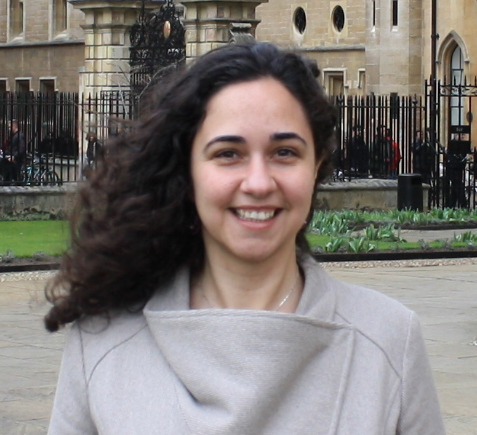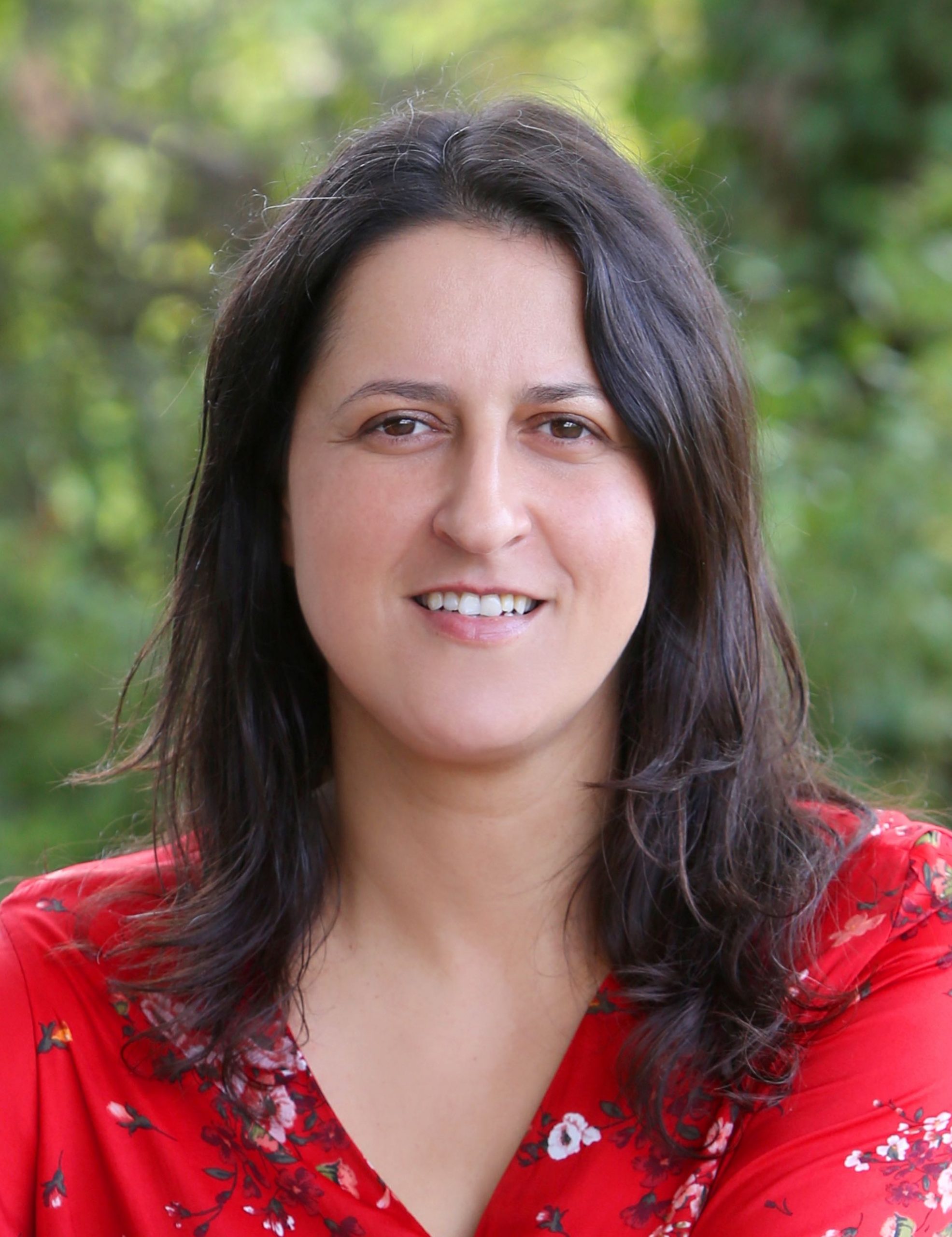Coarse-graining and hybrid methods for efficient simulation of stochastic multi-scale models of tumour growth
Data e local: 30/06/2021, 10 horas, Organizado por: Departamento de Matemática da Escola Superior de Tecnologia e Gestão do Politécnico de Leiria
Orador: Pilar Guerrero Contreras, GISC, Dept. de Matemáticas ,Universidad Carlos III de Madrid
Abstract
The development of hybrid methodologies is of current interest in both multi-scale modelling and stochastic reaction-diffusion systems regarding their applications to biology. We formulate a hybrid method for stochastic multi-scale models of cells populations that extends the remit of existing hybrid methods for reaction-diffusion systems. Such method is developed for a stochastic multi-scale model of tumour growth, i.e. population-dynamical models which account for the effects of intrinsic noise affecting both the number of cells and the intracellular dynamics. In order to formulate this method, we develop a coarse-grained approximation for both the full stochastic model and its mean-field limit. Such approximation involves averaging out the age-structure (which accounts for the multi-scale nature of the model) by assuming that the age distribution of the population settles onto equilibrium very fast. We than couple the coarse-grained mean-field model to the full stochastic multi-scale model. By doing so, within the mean-field region, we are neglecting noise in both cell numbers (population) and their birth rates (structure). This implies that, in addition to the issues that arise in stochastic-reaction diffusion systems, we need to account for the age-structure of the population when attempting to couple both descriptions. We exploit our coarse-graining model so that, within the mean-field region, the age-distribution is in equilibrium and we know its explicit form. This allows us to couple both domains consistently, as upon transference of cells from the mean-field to the stochastic region, we sample the equilibrium age distribution. Furthermore, our method allows us to investigate the effects of intracellular noise, i.e. fluctuations of the birth rate, on collective properties such as travelling wave velocity. We show that the combination of population and birth-rate noise gives rise to large fluctuations of the birth rate in the region at the leading edge of front, which cannot be accounted for by the coarse-grained model. Such fluctuations have non-tivial effects on the wave velocity. Beyond the development of a new hybrid method, we thus conclude that birth-rate fluctuations are central to a quantitatively accurate description of invasive phenomena such as tumour growth.
Para consultar o cartaz clique aqui
Endereço para transmissão em directo https://bit.ly/3qf48hv

Sensibilidade dos testes rápidos na deteção do Clostridium difficile: uma meta-análise
Data e local: 07/07/2021, 10 horas, Organizado por: Departamento de Matemática da Escola Superior de Tecnologia e Gestão do Politécnico de Leiria
Orador: João Paulo Oliveira Martins, Escola Superior de Tecnologia e Gestão do Politécnico de Leiria
Abstract
O uso de testes rápidos para a deteção das toxinas A e B produzidas pelo Clostridium difficile é uma etapa comum em algoritmos desenhados para a deteção desta bactéria patogénica. A ausência de um teste único capaz de fornecer resultados confiáveis a baixo custo, motiva uma grande discussão sobre qual o melhor algoritmo a utilizar. Assim, encontra-se na literatura um número considerável de estudos com o objetivo de avaliar o desempenho destes testes. No entanto, o desempenho observado, por exemplo em termos de sensibilidade, pode variar de 0.30 a 1! Nesta apresentação, discutem-se os fatores que afetam a sensibilidade desses testes, nomeadamente, a taxa de prevalência e a proporção de casos notificados que apresentam diarreia.
No âmbito deste problema, serão abordadas as questões mais gerais subjacentes a qualquer processo de revisão da literatura (meta-análise), entre as quais: modelos de efeitos fixos versus modelo de efeitos aleatórios, avaliação da qualidade dos estudos primários, viés induzido pela utilização de publicações.
Este trabalho é em co-autoria com Miguel Felgueiras e Rui Santos.
Para consultar o cartaz clique aqui
Endereço para transmissão em directo https://bit.ly/3qf48hv

A mathematical approach to COVID-19 pandemic
Data e local: 21/07/2021, 10 horas, Organizado por: Departamento de Matemática da Escola Superior de Tecnologia e Gestão do Politécnico de Leiria
Orador: Cristiana João Soares da Silva, CIDMA, Dept. Mathematics, University of Aveiro
Abstract
In this talk we analyze the COVID-19 pandemic from a mathematical point of view, applying results from mathematical modeling, complex network and optimal control theories.
We propose a compartmental SAIRP mathematical model, for the transmission dynamics of SARS-CoV-2, given by a system of ordinary differential equations, and fit it to the number of active infected individuals with COVID-19 in Portugal. After, optimal control theory is applied considering the SAIRP model as a control system and maximizing an objective function that represents the number of people returning to “normal life” and, at the same time, minimizing the number of active infected individuals with minimal economical costs and a low level of hospitalizations.
We end by constructing a complex network of dynamical systems, in order to take into account the mobilities of individuals, which are known to play a decisive role in the dynamics of the epidemic. Through numerical simulations, we explore the effect of the topology of the network on the dynamics of the epidemics (disposal of connections and coupling strength) and identify which type of topology minimizes the level of infection of the epidemic.
This work is based on references [1, 2] developed under the Project Nr. 147 “Optimal Control and Mathematical Modeling of the Covid-19 Pandemic: contributions to a systemic strategy for community health intervention”, in the scope of the “RESEARCH 4 COVID-19” call, financed by the Portuguese Foundation for Science and Technology (FCT).
References:
[1] Cristiana J. Silva, Carla Cruz, Delfim F. M. Torres, Alberto P. Munuzuri, Alejandro Carballosa, Iván Area, Juan J. Nieto, Rui Fonseca-Pinto, Rui Passadouro da Fonseca, Estevão Soares dos Santos, Wilson Abreu, Jorge Mira,
Optimal control of the COVID-19 pandemic: controlled sanitary deconfinement in Portugal,
Sci. Rep. 11, 3451 (2021).
https://doi.org/10.1038/s41598-021-83075-6
[2] Cristiana J. Silva, Guillaume Cantin, Carla Cruz, Rui Fonseca-Pinto, Rui Passadouro da Fonseca, Estevão Soares dos Santos, Delfim F. M. Torres,
Complex network model for COVID-19: human behavior, pseudo-periodic solutions and multiple Journal of Mathematical Analysis and Applications, in press.
https://arxiv.org/abs/2010.02368
https://www.sciencedirect.com/science/article/pii/S0022247X2100250X
Para consultar o cartaz clique aqui
Endereço para transmissão em directo https://bit.ly/3w3EZI3
